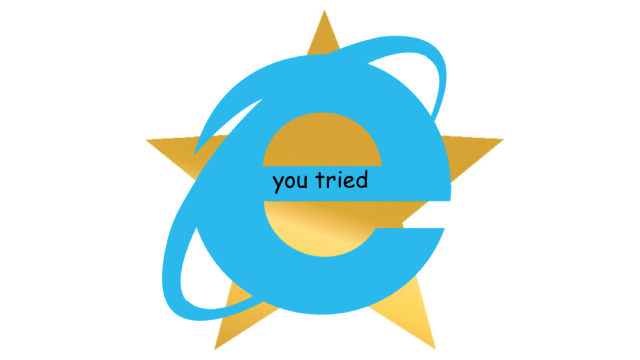Internet Explorer was a significant part of my teenage life online, so it feels apt that we should give it a bit more of a farewell than a simple “rest in peace.” Microsoft’s love-to-hate-it browser was the way I logged on to the internet every day in the early millennium, but it also introduced me to the concept of pain through a piece of software. There was nothing more aggravating than having IE freeze on you because of an overzealous toolbar packed to the gills with search bars and links you didn’t even remember installing!
Let’s take a second to memorialise IE for what it meant to us at the moment in time — the good and the bad.
Meet your bundled browser
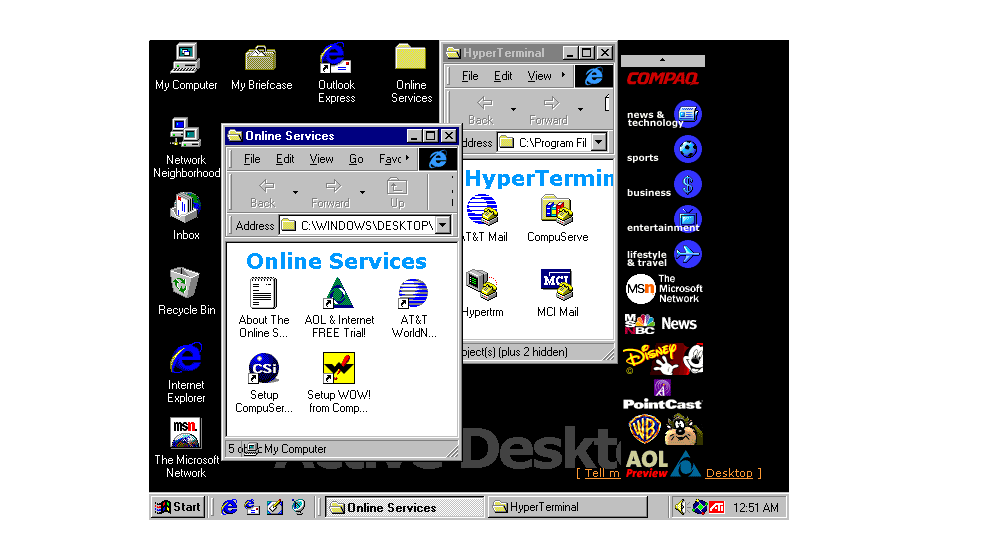
Back in the early days of computing, you typically went with the browser provided by your internet service provider or operating system. Internet Explorer 4 was initially introduced in 1997. But when Windows 98 was released a year later, it officially became the bundled browser for “surfing the web,” as we cringe-inducingly said back in the day.
This practice of “forced bundling” created some issues for Microsoft, as it later saw itself under anti-trust scrutiny by the U.S. Department of Justice. But it also helped IE quickly overthrow its chief competitor at the time, Netscape Navigator,
Dynamic webpages for everyone

Internet Explorer 4 brought with it support for DHTML, which stands for Dynamic HTML. It combined languages like HTML, style sheets, and JavaScript within the browser, which helped pave the way to the animated, distracting mess that is the internet we’re using now.
Internet Explorer also brought through the DOM, or document object model, which allowed any part of a web page to be manipulated by JavaScript.
Internet Explorer is why I made webpages
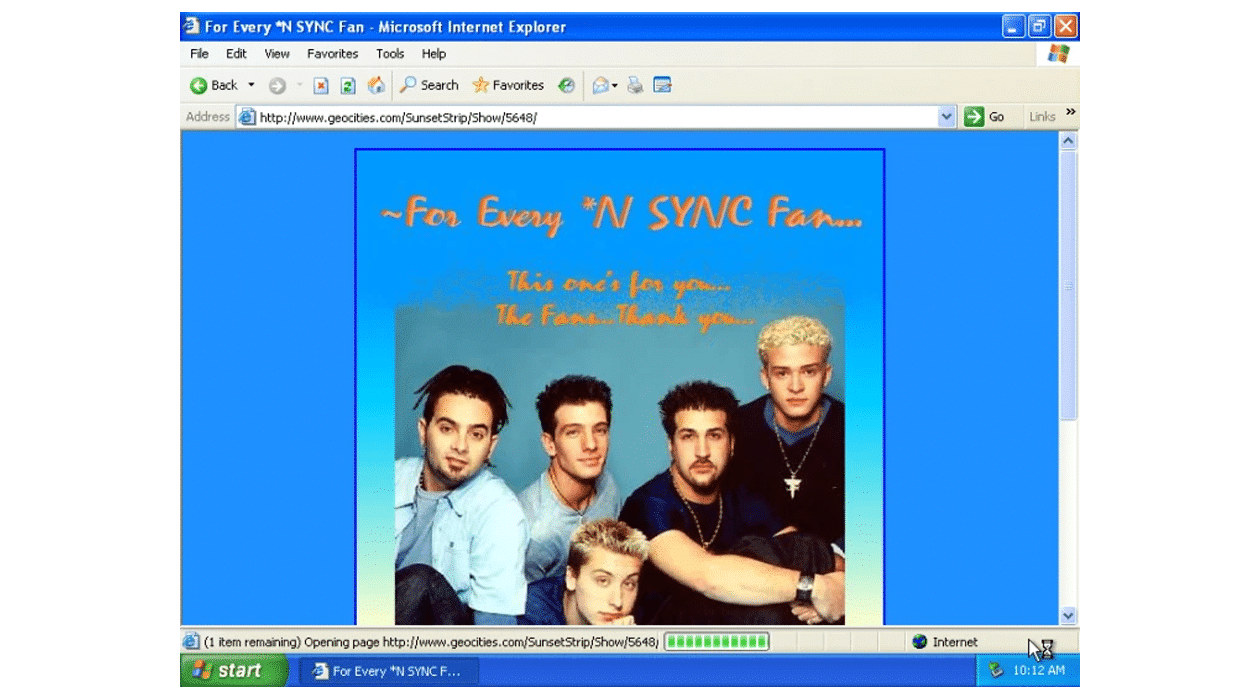
IE was one of the first browsers to support CSS, or cascading style sheets, which I also have a love/hate relationship with as an amateur, armchair web coder. I still dabble from time to time to remind me of my roots, but it’s genuinely the kind of thing that brings me to tears.
Anyway, I have IE to thank for my various fan pages devoted to bands like *NSYNC and Papa Roach, which only live on as blips in the internet archive. I used common CSS tags like box width, height, and opacity to lay out images and text. My favourite was word wrap, and you can bet that I justified the hell out of everything — as was the web design style during my emo kid phase.
Don’t forget the beloved iFrame

I made websites in the late ‘90s and early 2000s, so I feel incredibly nostalgic for the iframe, which IE introduced in version 5. The tag lets you embed a webpage within a webpage, which enabled me to do cool things with menus and graphics. I specifically remember putting a button on my website that let people know they had to use IE to navigate my website correctly. I can still locate my website archives through the Wayback machine and see how I coded that back in the day.
Thanks for inciting the browser wars
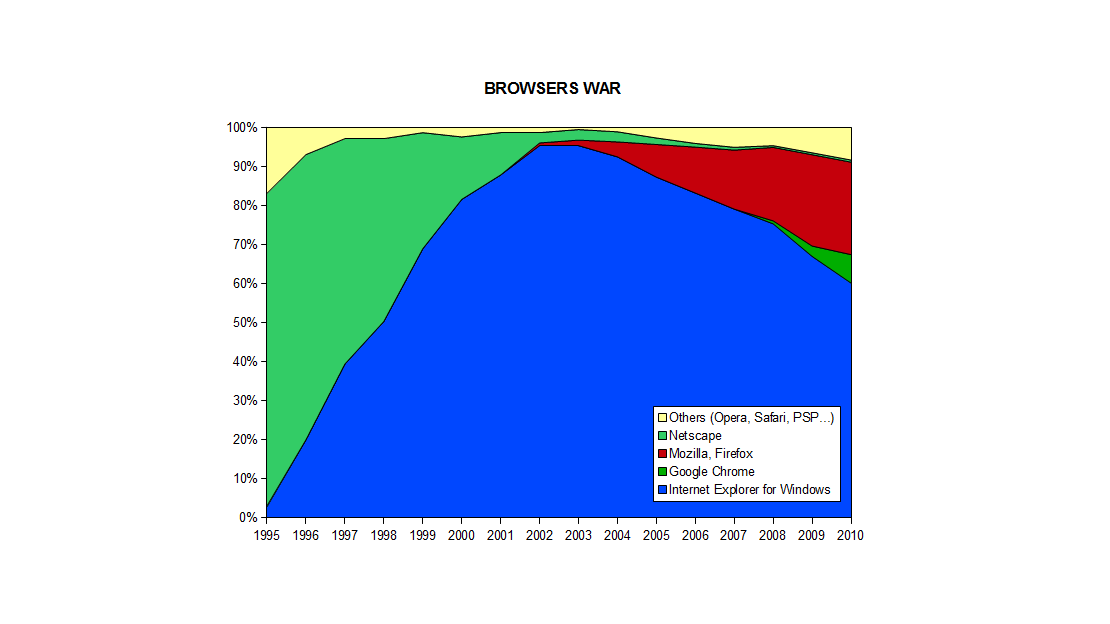
Because of IE’s forced nature, it became standard practice to choose a browsing team as home computing became more accessible. In the 2000s, my open source-browsing pals would stick their tongues out at me for using IE, while the rest of my friends defaulted to Apple’s Safari, which came bundled with their Macs.
I eventually grew frustrated with Internet Explorer’s existence when Google Chrome started trending on the market share charts. Microsoft had launched IE 9, but I had already jumped ship. It was under 50% market share when I switched to Chrome.
Those damn toolbars
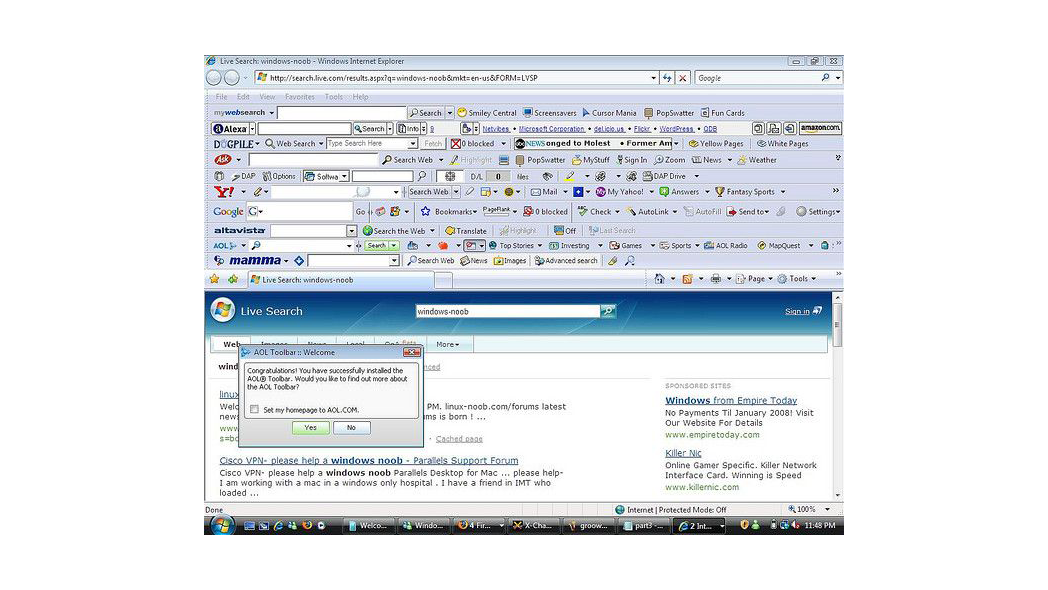
Nothing was worse than going home to your parent’s house, only to see their home computer taken over by toolbars. This was a familiar aesthetic for Internet Explorer, which eventually developed a reputation for becoming the browser you used when you didn’t know better.
You can still find people complaining about too much stuff installed on their Windows machines from back in the day. The culprit was usually some spyware or bloatware that came off the internet. One of the most infamous back in the day was the Ask toolbar.
So long, and thanks for all the pop-ups
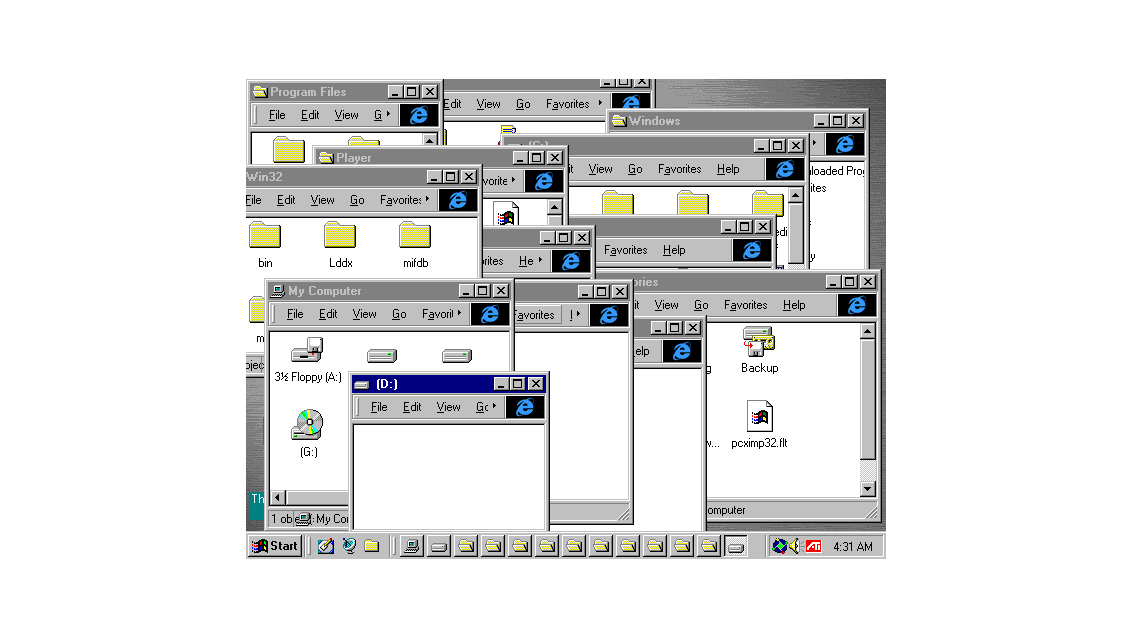
Though not exclusively an Internet Explorer problem, pop-ups were and still are the bane of internet browsing. Nothing was worse than navigating to a site only to discover it spamming you with countless advertising and alerts. Microsoft put a cap on all those pop-ups in a later version of Internet Explorer, after other browsers followed suit. But oh-my-God, they were so prevalent.
Security bugs! So many of them!

Internet Explorer’s biggest turn-off was its utterly problematic security. The browser had so many security bugs in its 27-year lifespan that it became a punchline. TechCrunch’s retrospective on the web browser reminds us that Microsoft has patched IE almost every month for the last 20 years to stay ahead of exploits and vulnerabilities — another reason to flock to other browsers. (Though if you look at some of these Chrome browser exploits, you might be feeling a little Deja Vu.)
